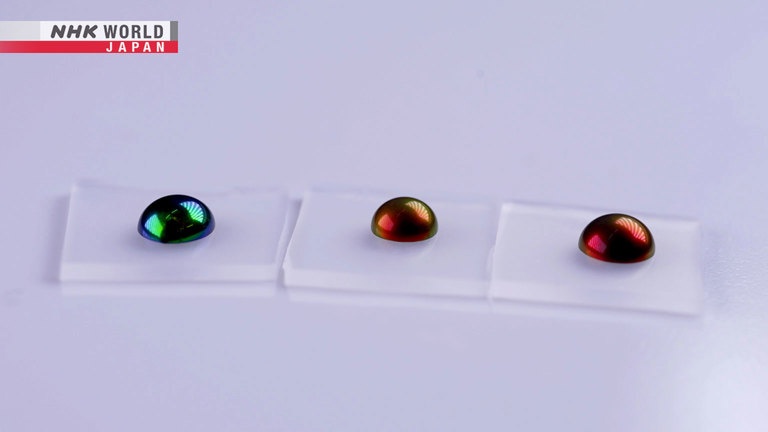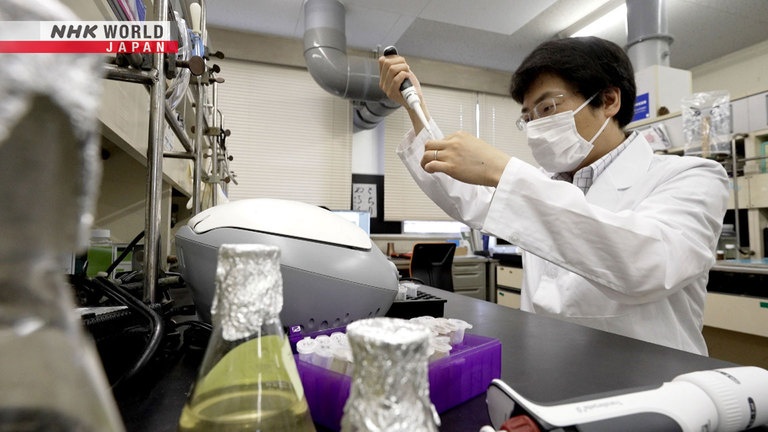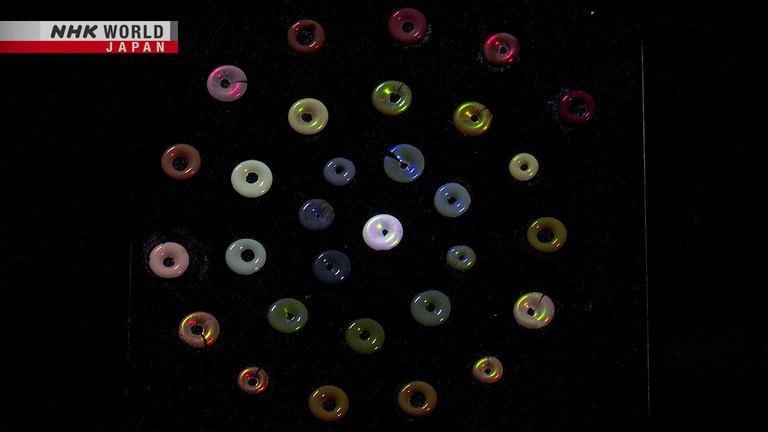Creating Next-generation Inks that Never Fade
Most of the colors we see around us are produced by the reflection of light from pigments. Yet there is another type of color called "structural color," produced when light is reflected off the special microstructure of a surface. Structural color is what makes the surface of soap bubbles iridescent and the body of a jewel beetle appear to glitter. While pigmented colors have the disadvantage of fading due to ultraviolet rays, structural colors retain their appearance as long as the microstructure remains intact. Associate Professor Michinari Kohri of Chiba University is working to artificially reproduce these structural colors. Taking a hint from the structural colors of peacock and turkey feathers, he has succeeded in reproducing the microstructure that gives rise to the colors and is now working on the development of special ink that will not fade. Practical applications of this groundbreaking technology could not only include posters and paintings but also cultural assets as well. In this program, we'll take a closer look at Associate Professor Kohri's research, which aims to commercialize next-generation ink that produces structural color.



